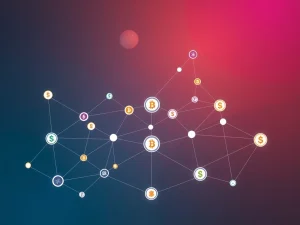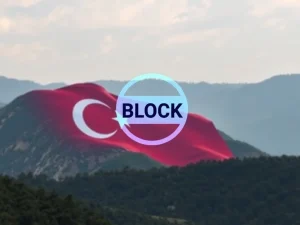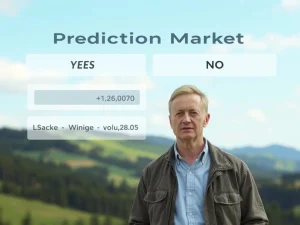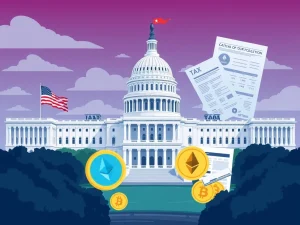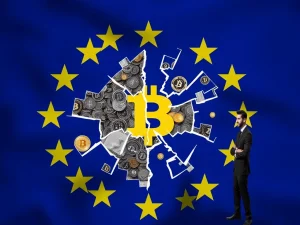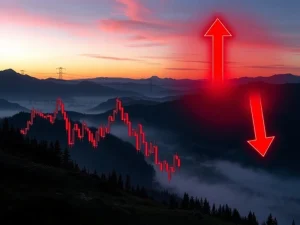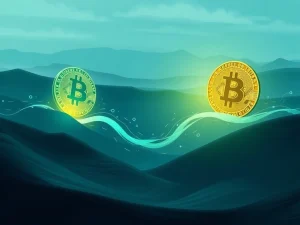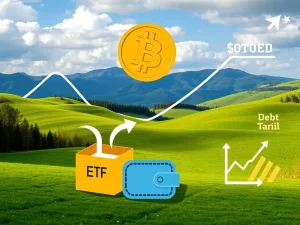Explosive L2 Gaming Activity Defies Wallet Decline Amid Crypto Market Uncertainty
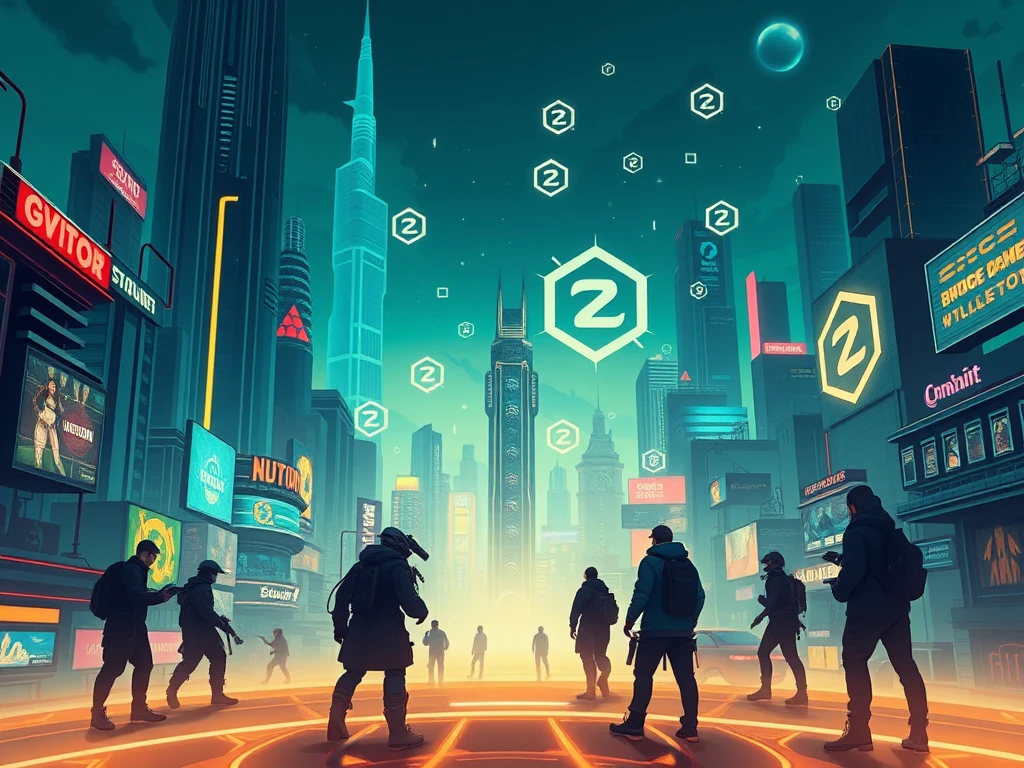
Hold onto your controllers, crypto gamers! February 2025 witnessed a mind-blowing surge in L2 gaming activity, with some layer-2 blockchains experiencing growth exceeding 20,000%! Yes, you read that right. But here’s the plot twist: despite this gaming frenzy, the number of unique active wallets actually dropped. Confused? Intrigued? Let’s dive into this fascinating paradox and unpack what’s really happening in the world of blockchain gaming.
Why Did L2 Gaming Activity Explode in February?
According to a recent DappRadar report, certain layer-2 blockchains experienced astronomical growth in gaming activity last month. Abstract, Soneium, and Linea led the charge, boasting growth figures that are frankly, staggering:
- Abstract: A whopping 20,000%+ growth in daily active unique wallets (dAUWs).
- Soneium: An impressive 3,200%+ growth in dAUWs.
- Linea: Still a significant 1,000%+ growth in dAUWs.
These numbers highlight a clear and enthusiastic embrace of blockchain gaming on layer-2 solutions. But what fueled this dramatic spike? The report points to specific games as key catalysts:
- Treasure Ship (Abstract): This game alone attracted approximately 72,000 unique active wallets.
- Evermoon (Soneium): Not far behind, Evermoon drew in around 32,000 unique active wallets.
These examples demonstrate the power of engaging game titles to drive adoption and activity on L2 blockchains. The promise of faster transactions and lower fees on layer-2 networks is clearly resonating with gamers.
The Paradox: Why Did Active Wallets Decline Despite Gaming Growth?
Here’s where the story takes an unexpected turn. While L2 gaming activity was reaching new heights, the overall number of daily unique active wallets (dUAWs) across the blockchain space actually decreased by 16% in February, settling at around 5.8 million. This seems counterintuitive, right? Shouldn’t increased gaming activity lead to more active wallets?
The DappRadar report sheds light on this discrepancy: market uncertainty is driving traders back to DeFi. In times of economic instability, investors often seek refuge in decentralized finance platforms, potentially pulling their funds away from gaming-centric activities, or at least, not actively engaging with new gaming wallets.
Consider these points to understand the shift:
- Market Uncertainty: Volatility in the broader crypto market often pushes investors towards perceived safer havens like DeFi, where they can earn yield or manage risk.
- DeFi Dominance: Historically, blockchain gaming has been a strong market sector. However, current economic conditions have seemingly shifted investor focus back to DeFi.
- Trader Behavior: With market uncertainty looming, traders may be exiting positions or consolidating their assets, leading to a decrease in overall active wallets across various sectors, including gaming, despite specific pockets of growth.
Blockchain Gaming Still a Powerhouse: Long-Term Growth and Investment
Despite the monthly dip in overall active wallets, it’s crucial to acknowledge the bigger picture. Blockchain gaming is far from stagnant. In fact, year-over-year, the sector is experiencing significant growth. As reported previously by Crypto News Insights, daily unique active wallets in blockchain gaming soared by a massive 386% year-over-year, reaching 7 million. This surge fueled speculation about a potential blockchain gaming bull run in 2025 – a prospect that remains a topic of debate.
Furthermore, investment in blockchain gaming is booming. February saw a remarkable 243% increase in investments compared to January, reaching a total of $55 million. Interestingly, a significant 92% of these funds are being channeled into infrastructure development. This suggests a strong long-term belief in the foundational technologies that underpin blockchain gaming, even if short-term market fluctuations impact user behavior.
Challenges Persist in the Crypto Gaming Arena
While the growth metrics are encouraging, the blockchain gaming sector isn’t without its hurdles. Theodore Agranat, Web3 director at Gunzilla Games, highlighted a critical challenge: the lack of “new money” entering the system. He argues that capital is often recycled between existing projects, with users moving from one game to another to extract value, rather than a continuous influx of fresh investment.
This “recycling” of capital model raises concerns about the long-term sustainability of some projects. If users are primarily focused on extracting short-term gains and moving on, it can hinder the development of truly engaging and lasting gaming ecosystems. The industry needs to attract new capital and foster player loyalty beyond purely financial incentives.
Key Takeaways and Actionable Insights
- L2s are Gaming Catalysts: Layer-2 blockchains are proving to be powerful engines for driving L2 gaming activity, offering the scalability and cost-effectiveness needed for wider adoption.
- Market Sentiment Matters: Broader crypto market conditions significantly influence user behavior. Market uncertainty can shift focus towards DeFi, even amidst growth in specific sectors like gaming.
- Long-Term Vision is Crucial: Despite short-term fluctuations, long-term investment in blockchain gaming infrastructure signals strong industry confidence in its future potential.
- Sustainable Models Needed: The blockchain gaming sector needs to address the challenge of capital recycling and focus on creating sustainable economic models that attract new investment and foster player retention.
Looking Ahead: The Future of Blockchain Gaming
The February report paints a complex picture of the blockchain gaming landscape. While L2 gaming activity is undeniably surging, driven by exciting new titles and the benefits of layer-2 technology, the broader market context and investor sentiment play a crucial role in shaping overall user behavior and wallet activity. The industry must navigate these dynamics, focusing on building sustainable ecosystems, attracting new capital, and delivering truly compelling gaming experiences to unlock its full potential. The crypto market uncertainty might be a temporary headwind, but the underlying growth and investment in blockchain gaming suggest a bright future ahead – a future where gaming and blockchain technology become increasingly intertwined.


